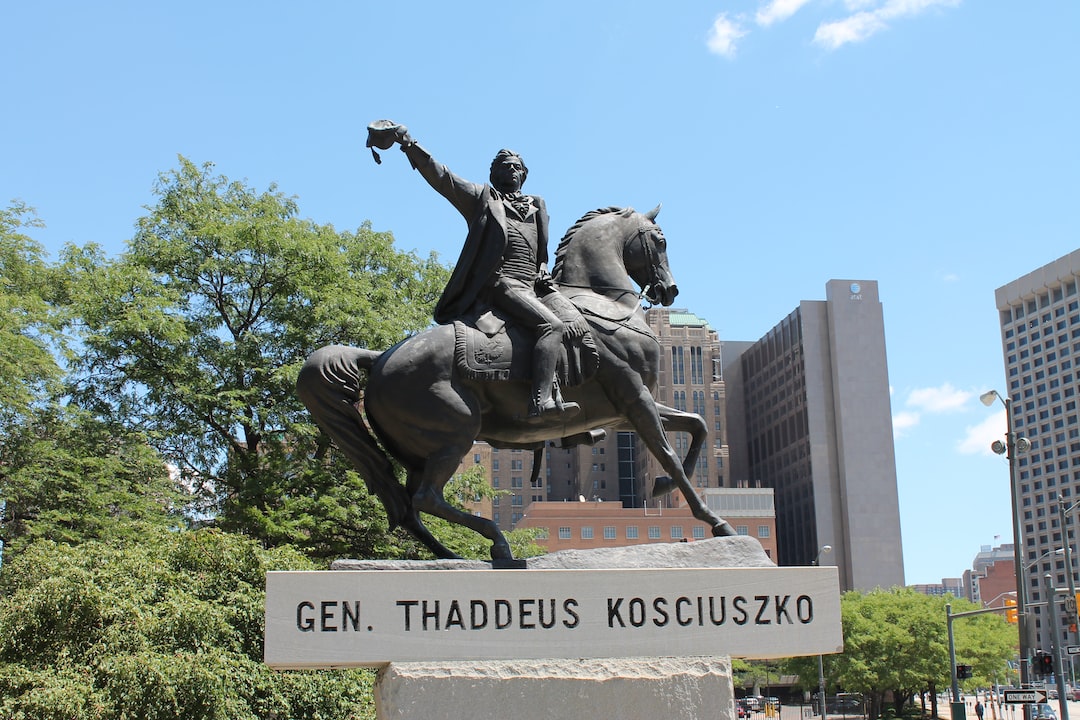No-Doc Mortgages: Uncovering the Truth Behind Misconceptions
When it comes to financing your dream home, finding the right mortgage option is of utmost importance. In recent times, one alternative that has gained attention is the No-Doc Mortgage. Also known as a “stated income” or “liar loan,” this type of mortgage allows borrowers to forgo traditional documentation requirements typically essential in a mortgage application. However, it is crucial to separate fact from fiction and uncover the truth behind the many misconceptions surrounding the No-Doc Mortgage.
Firstly, let’s understand what a No-Doc Mortgage entails. Contrary to popular belief, it does not mean that borrowers can obtain a mortgage without providing any proof of income or assets. Instead, it simplifies the documentation process, requiring borrowers to state their income and assets themselves without providing supporting paperwork. This option primarily caters to self-employed individuals, freelancers, and small business owners who might have difficulty providing conventional documentation.
One common misconception about No-Doc Mortgages is that they are designed for borrowers with bad credit. However, this is not the case. Lenders who offer No-Doc Mortgages still require a credit check and a substantial down payment. While these loans might have slightly more relaxed credit score requirements, borrowers still need to maintain a good credit standing.
Another misconception surrounding No-Doc Mortgages is that they are unregulated, leading to potential exploitation by lenders. However, laws have significantly tightened since the 2008 financial crisis, ensuring that lenders are held accountable for any misrepresentation or fraud. Regulations mandate that lenders conduct thorough background checks on borrowers, ensuring they have the capacity to repay the loan.
No-Doc Mortgages are often misinterpreted as a high-risk loan option for lenders. However, this is not necessarily true. Lenders offering No-Doc Mortgages mitigate the risk by charging higher interest rates to compensate for the lack of income verification. Borrowers opting for this route must be prepared to pay higher rates compared to traditional mortgages. For lenders, this serves as a risk management strategy rather than reckless lending.
Lastly, it is essential to know that No-Doc Mortgages are not widely available in the market. Since the financial crisis, lenders have become more cautious, resulting in a reduction in the availability of these loans. Many lenders have discontinued offering No-Doc Mortgages altogether, leaving borrowers with limited options. It is crucial to conduct thorough research and consult with multiple lenders to explore alternatives if a No-Doc Mortgage is not feasible.
In conclusion, No-Doc Mortgages offer a simplified documentation process for borrowers with non-traditional income sources, but they are not a means to bypass the responsibility of providing proof of income or creditworthiness. These mortgages are still subject to regulatory scrutiny and must adhere to stringent guidelines. It is crucial for borrowers to understand the truth behind the misconceptions and thoroughly evaluate the terms and conditions before opting for a No-Doc Mortgage.
************
Want to get more details?
bcpmortgage.com
https://www.bcpmortgage.com/
https://www.bcpmortgage.com/

